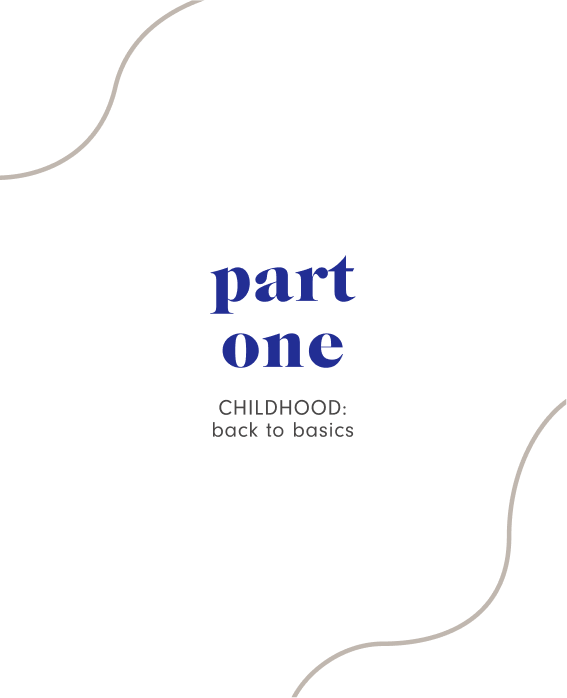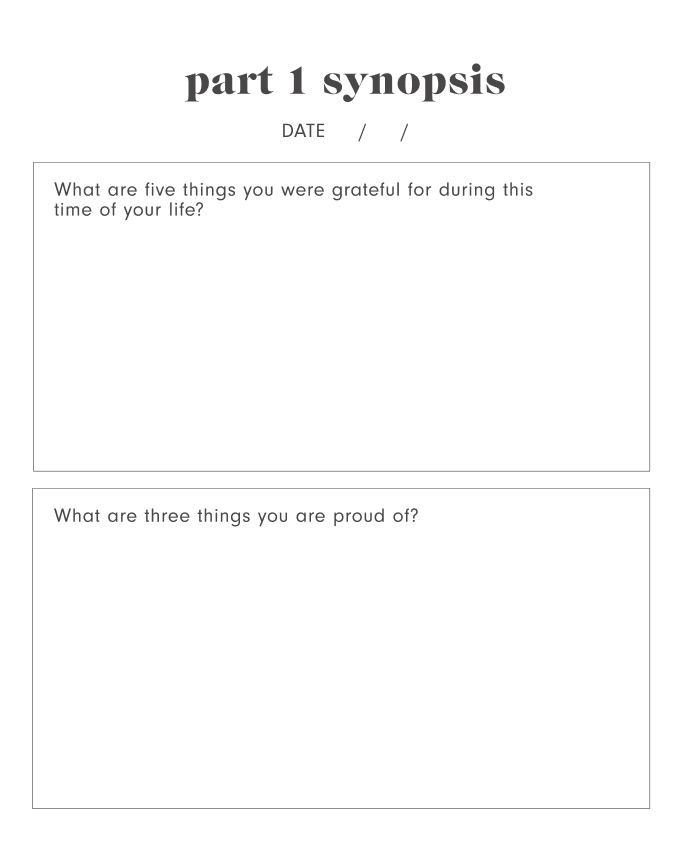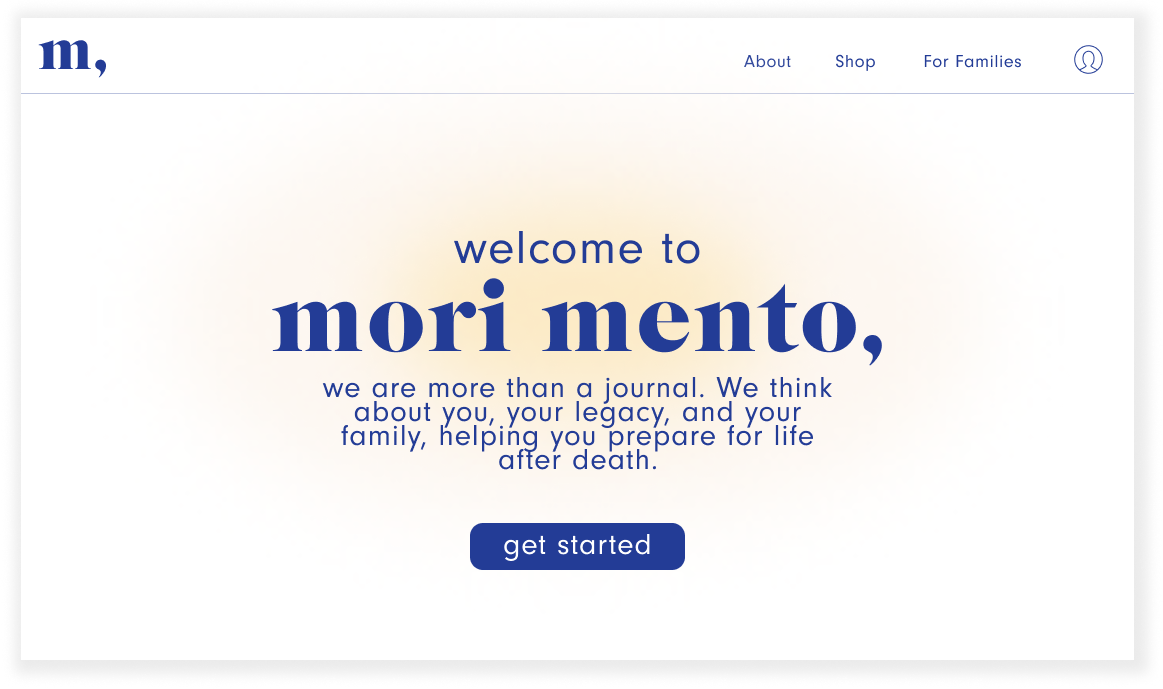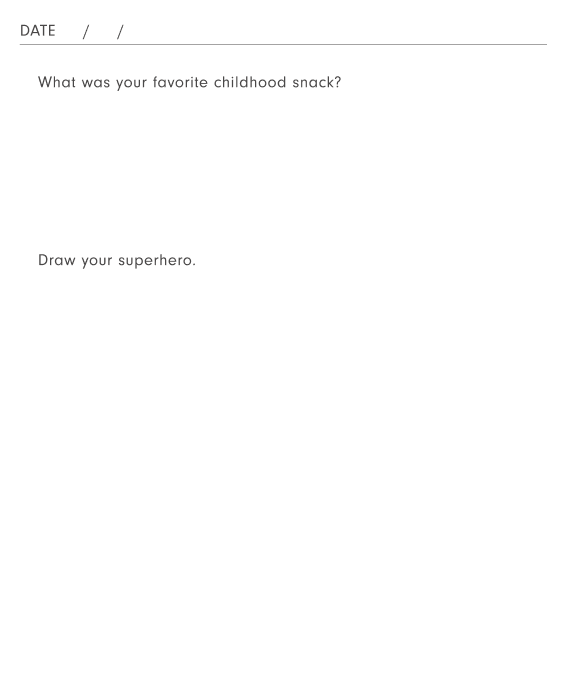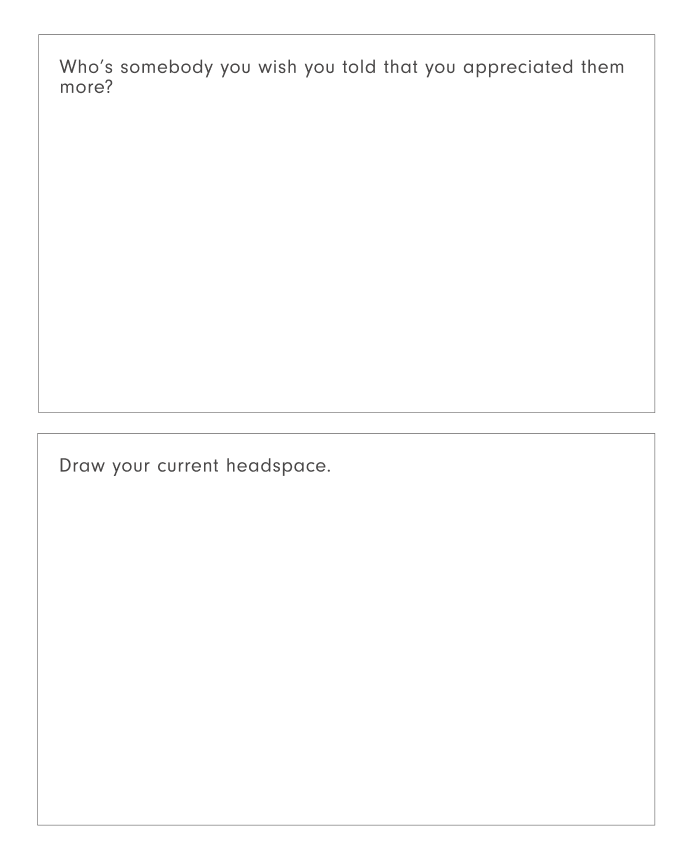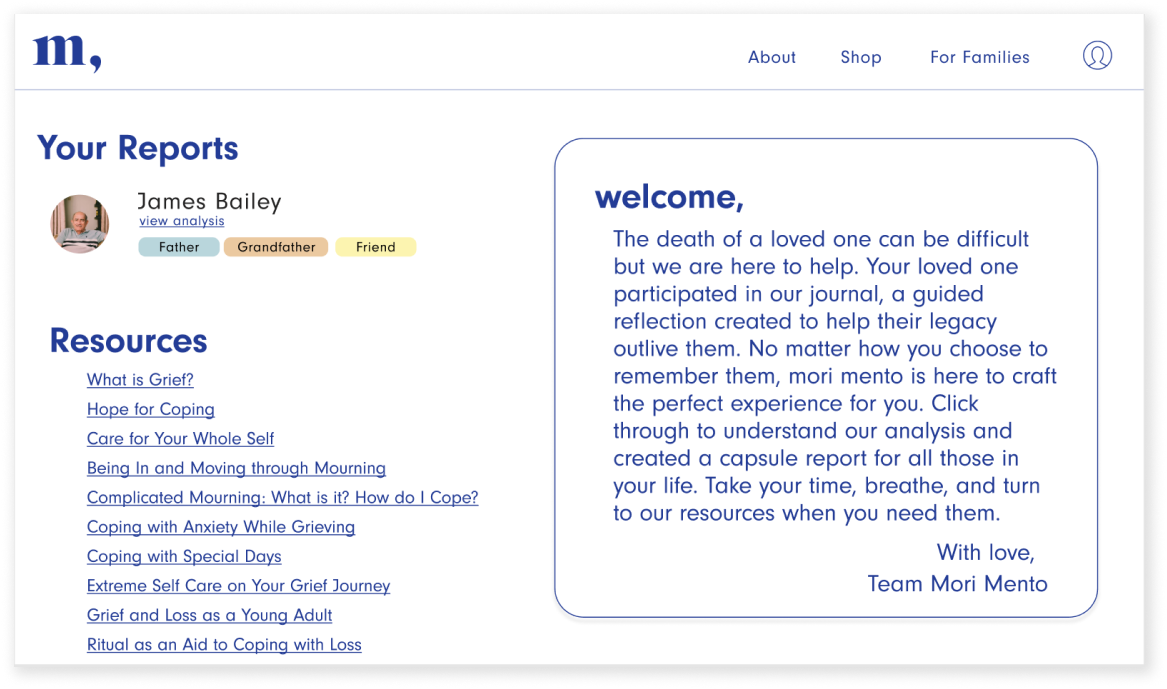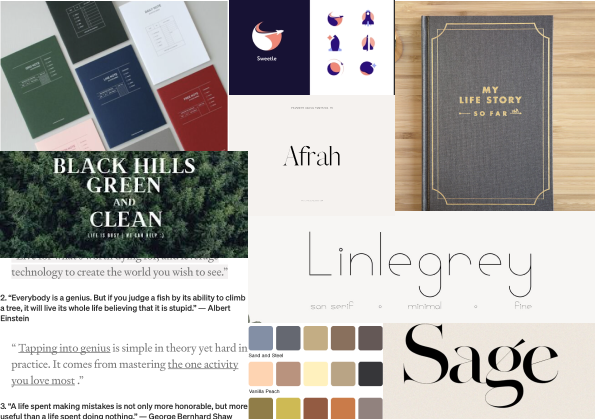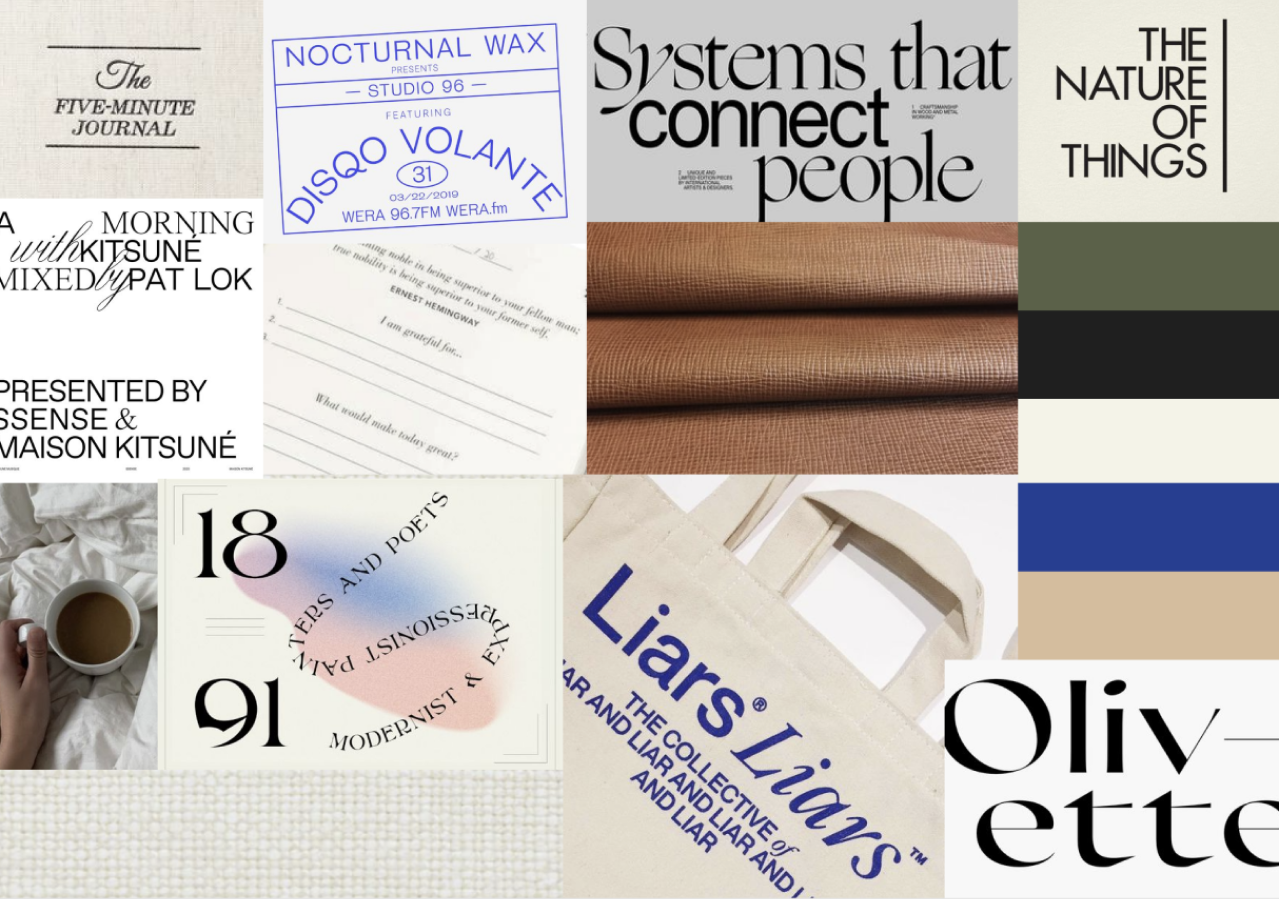Role
Product
August 2021 - December 2021
Presented for
ACAD324, The Practice of Design
a journal that outlives its initial user, providing loved ones with a comprehensive, holistic view of the user’s life, thoughts, and legacy.
This journal is organized into chapters that reflect different life stages. We invite the users to start journaling from their current stage with the freedom to revisit and complete sections from earlier stages as desired.
A peek inside…
After a user's journey has ended, they can send us their completed journal or a copy. In return, we will provide a digital synopsis and interactive content on our website, enriching their legacy with a modern, digital touch.

Our design process was modelled off the Double Diamond process model, splitting our work into six stages.
The Prompt
Immortality
Analyze
Define
Ideate
Selection
Implement
Evaluate
noun. the ability to live forever; eternal life.
After conducting research, we discovered that 54% of Americans surveyed say they haven’t spent any time thinking about their mortality.
We also spoke to twenty interviewees, including those with terminal illnesses, family members, and lawyers. The overwhelming sentiment is that, while contemplating our own mortality is often uncomfortable, many find themselves wishing for a more prepared legacy when the time comes.
The Problem
In the status quo, there is no way for people to get advice and thoughts from loved ones who have passed.
The next stage was to ideate. We brainstormed to tackle this challenge, ultimately coming to three potential solutions: a thoughtfully crafted journal, a time-honored time capsule, and a futuristic hologram advice box.
We also conducted more research, discovering that according to Baikie and Wilhelm (2005), journaling can increase mood, enhance sense of well-being, and increase working memory
They studied asthma patients, where those who consistently wrote about stressful events experienced fewer symptoms; and HIV patients, where those writing about negative experiences had lower levels of virus
What would our final product look like?
We had a few more brainstorm sessions where we put together mood boards and sketches. Then we had to decide, how would we engineer the prompts to provide the best experience for legacy-crafting?
We came up with 5 question types
Emotional Support Questions (ESQs)
Advice Questions (AQs)
Gratitude Questions (GQs)
Story Questions (SQs)
Miscellaneous Questions (MQs)
Each of these question types have their own score of utility and emotional toll, and will be distributed evenly across each chapter.
The final stage was to evaluate our work, which involved getting feedback from potential users.
Our two main methods…
Guided Interview
Exposed the user to our product for a 15-minute interview period to give their thoughts through a guided interview
Guided Interview Results
Survey Results
How Might We…
Capture the advice one would give while they were alive so that others can receive it once they have died?
A simple pro/con list helped us come to the decision to combine a journal and a box/time capsule
Survey Results
Exposed the user to our product for a prolonged period of time (3 days) in their own homes and lives. Then gave them a survey to quantify their experience



